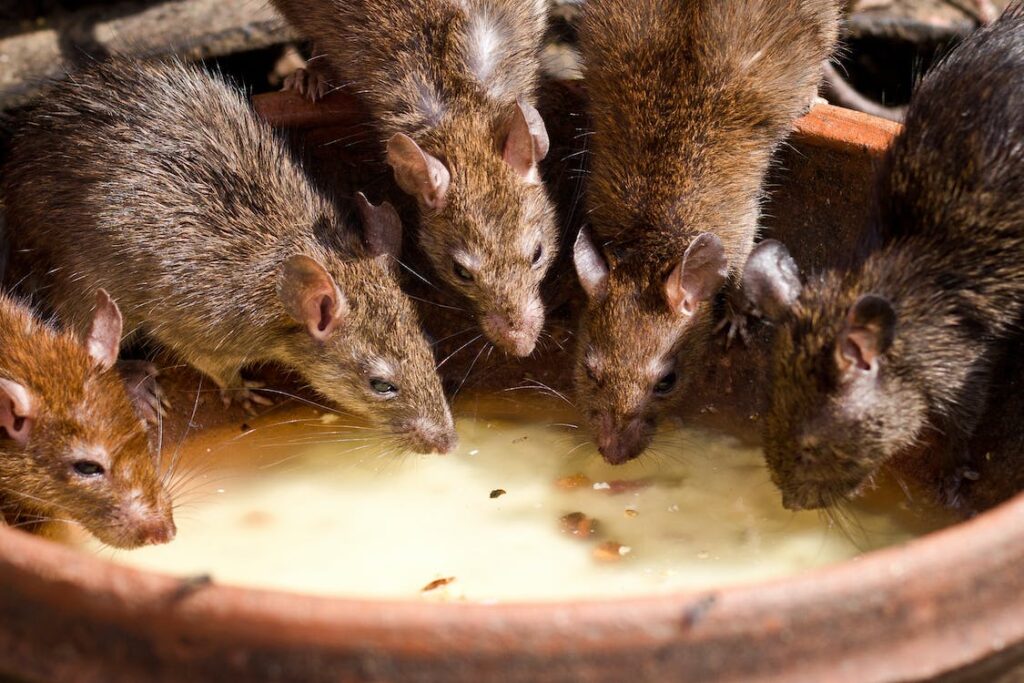Rats are crafty, persistent, and always on the hunt for food, shelter, and warmth. Unfortunately, our homes tick all three boxes—especially when basic maintenance is overlooked. If you’ve experienced unwanted furry visitors, it’s worth looking at what drew them in to begin with. Understanding these attractants is the first step to keeping rats out for good. Whether you’ve recently used rodent removal services in Melbourne or are simply planning ahead, this guide will walk you through what brings rats inside—and how to stop them.
Food Left Out in the Open
Food is the number one reason rats enter homes. These creatures have an exceptional sense of smell and can detect crumbs, scraps, and even pet food from surprising distances.
Open bins, uncovered fruit bowls, and food left on countertops are like an open invitation to rodents. If you regularly leave leftovers sitting out or forget to seal your pantry items properly, you’re unknowingly attracting these pests.
The best prevention is vigilance. Clean up food scraps immediately, store dry goods in sealed containers, and avoid leaving pet food out overnight. Regularly empty and wash bins to prevent lingering odours that could attract rats. Once food is no longer easily accessible, your home becomes far less appealing to rodents.
Cluttered Spaces and Hidden Nesting Spots
Rats love to hide and build nests in quiet, undisturbed areas. Cluttered garages, basements, attics, and storage rooms are perfect for this. Stacks of cardboard boxes, old newspapers, and fabric are ideal nesting materials.
If you haven’t sorted through your storage areas in a while, it’s a good time to declutter. Reduce the number of cardboard boxes and use plastic containers instead, which rats are less likely to chew through.
Regularly inspect rarely used spaces, and make it difficult for rats to find dark, hidden areas where they can settle. Keeping your home tidy not only improves safety and organisation but also removes the inviting conditions rodents look for.
Cracks, Gaps, and Unsealed Entry Points
Rats don’t need a large opening to squeeze into your home. Small cracks in walls, gaps under doors, vents, or damaged roofing can all serve as easy entry points. They’re excellent climbers and can get in from the ground level or even the roof.
One of the most effective post-treatment steps is sealing off potential access. Use steel mesh or metal plates to block holes and reinforce vents. Install door sweeps to close the gap between the floor and door.
Regular inspections are important—especially after storm damage or renovations, which can create new gaps. Taking time to patch up these weak points can save you from another round of Rodent Removal Services later on.
Outdoor Areas with Excess Food and Shelter
Rodents often start outside before they make their way indoors. Unkempt gardens, overflowing compost bins, and unsecured rubbish attract rats looking for food and cover. Bird feeders, animal enclosures, and backyard barbecues can all become feeding zones for hungry pests.
Keep compost bins sealed and well-maintained, and avoid adding meat or dairy scraps that give off strong smells. Store pet food in metal containers with tight lids, and ensure bins are covered and taken out regularly.
Trim back bushes and overgrown vegetation to eliminate hiding spots and access paths. If you’ve already invested in rat treatment, these outdoor habits will support the results and help you avoid escalating rat control Melbourne prices over time.
Water Sources Inside and Around the Home
Rats, like all animals, need water to survive. Leaking taps, dripping pipes, or standing water in pet bowls can provide rodents with a reliable water source—especially during drier months.
Check under sinks, behind the toilet, and around your hot water system for signs of leaks or excess moisture. Outdoors, clear gutters and downpipes to prevent water pooling near the foundation.
Cover drains, empty unused water trays or buckets, and avoid overwatering garden beds near the house. By cutting off their access to water, you make your home less attractive to thirsty rodents.
Warmth and Shelter During Cold Seasons
As temperatures drop, rats begin looking for warm, safe spaces to shelter. Your home’s insulation, roof cavities, and underfloor spaces offer the perfect retreat from the cold.
Homes are especially at risk during winter or rainy periods when outdoor shelters are less comfortable. You may notice an increase in activity as rodents seek out indoor areas to escape the weather.
Proactive measures, like sealing roof tiles, checking crawl spaces, and insulating exposed areas, can help limit their access. When paired with scent deterrents and consistent cleanliness, these actions go a long way in preventing a return infestation.
Final Thoughts: Prevention Beats Reinfestation
Rats are always on the lookout for their next food source or nesting site. But by removing access to food, shelter, entry points, and water, you can make your home a lot less inviting.
Following a professional service, prevention is key to long-term results. Simple changes to your daily routines and occasional inspections can make a big difference in deterring future infestations. Plus, it helps you avoid ongoing stress and increasing rat control Melbourne prices down the track.
Need Help Staying Rodent-Free?
If you’ve had rats before, you know how disruptive and damaging they can be. To ensure they stay away for good, it helps to have expert support and a tailored prevention plan.
For advice, inspections, or ongoing help, contact Rats Removal Melbourne Centre at 03 8592 4758. Their team offers trusted rodent removal services, mice control, and prevention solutions to help you protect your home and peace of mind—long after the first treatment is done.

